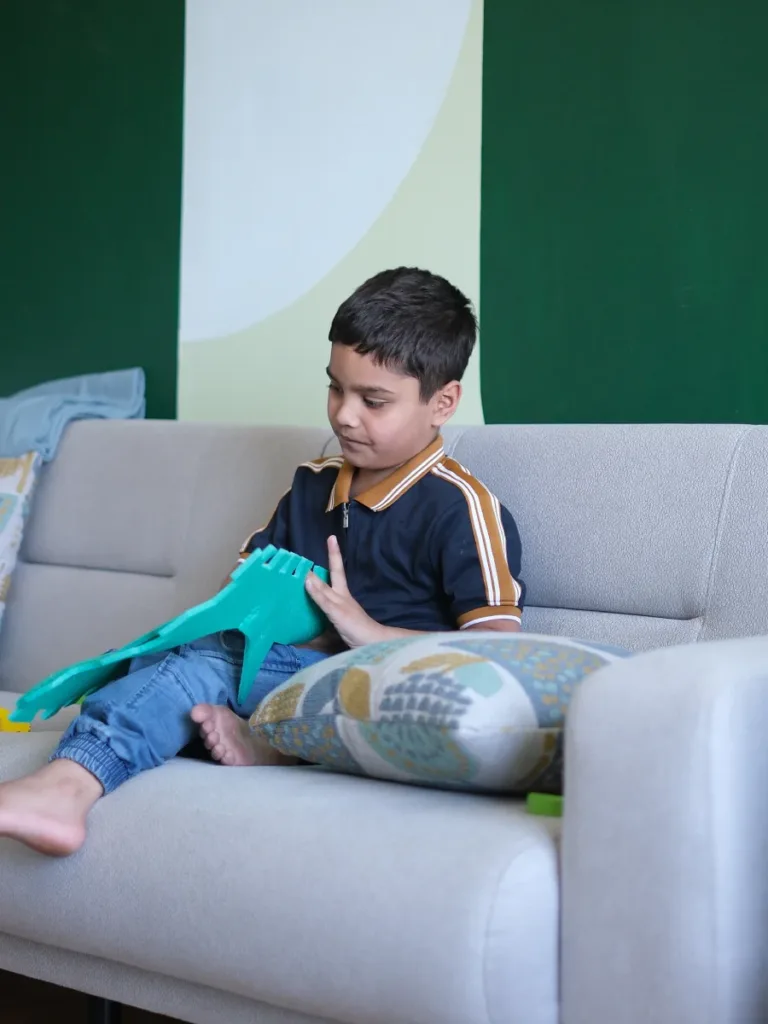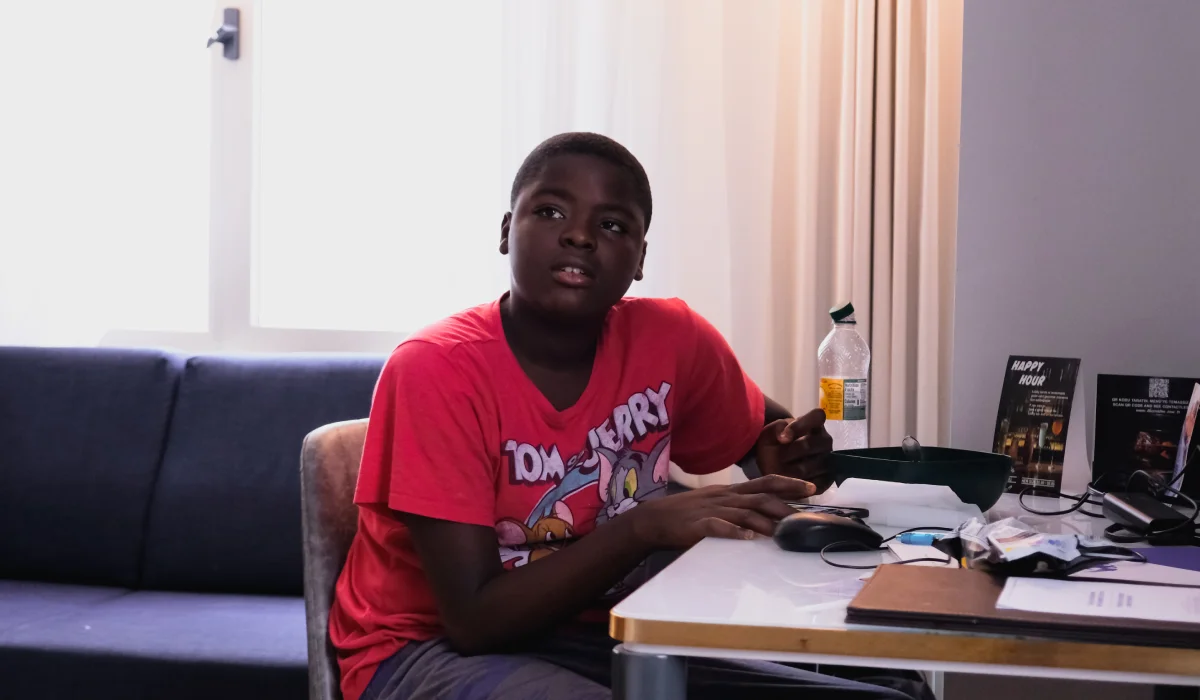Parenting a child with autism spectrum disorder (ASD) can be a journey filled with both challenges and incredible rewards. We understand that some days might feel overwhelming, but remember, you’re not alone on this path. Applied Behavior Analysis (ABA) has been a beacon of hope for many families, and while professional therapy is invaluable, bringing ABA techniques into your home can be a game-changer. In this guide, we’ll walk hand-in-hand with you through practical ABA strategies you can use at home, empowering you to support your child’s growth in a loving, consistent way.
Understanding ABA in the Home Context
The Power of Everyday Moments ABA isn’t just for therapy sessions; it’s about transforming everyday moments into opportunities for growth and connection. We know it might seem daunting at first, but trust us, you’ve got this!
Consistency is Key, But Be Gentle with Yourself While consistency is a cornerstone of ABA, remember that you’re human. There will be good days and challenging ones. What matters most is your love and commitment to your child’s progress.
Key ABA Techniques for Home Implementation
- Positive Reinforcement Celebrating your child’s successes, no matter how small, can work wonders. We know it’s not always easy to stay positive, especially on tough days, but your encouragement means the world to your child.
Step-by-Step:
- Define the behavior you want to see
- Reward the behavior immediately when it occurs
- Gradually decrease rewards as the behavior becomes consistent
- Task Analysis Breaking down complex tasks can make them less overwhelming for both you and your child. Remember, every small step forward is a victory worth celebrating!
Step-by-Step:
- List all the steps involved in the task
- Teach each step individually
- Gradually chain the steps together
- Prompting and Fading Guiding your child towards independence can be a delicate balance. Be patient with yourself and your child as you navigate this process together.
Step-by-Step:
- Start with the least intrusive prompt necessary
- Systematically reduce the level of prompting
- Celebrate independent performance of the skill
- Natural Environment Teaching Incorporating learning into daily life can feel more natural and less stressful for everyone involved. You’re doing amazing work, even if it doesn’t always feel like it!
Step-by-Step:
- Identify teachable moments in everyday activities
- Use your child’s interests to motivate learning
- Practice skills in various settings to promote generalization
- Antecedent-Based Interventions Preventing challenging behaviors before they occur can make your home life smoother. We know it’s not always possible, and that’s okay. You’re doing your best, and that’s what counts.
Step-by-Step:
- Identify triggers for challenging behaviors
- Make environmental modifications to reduce these triggers
- Teach alternative, more appropriate behaviors

Implementing ABA at Home: Practical Tips
Start Small and Be Kind to Yourself Rome wasn’t built in a day, and neither is a perfect ABA home environment. Start with one technique and build from there. Remember, progress, not perfection, is the goal.
Be Consistent, But Flexible Consistency is important, but so is adapting to your child’s needs. Some days will flow smoothly, others might be bumpy. That’s perfectly normal and you’re doing great!
Document Progress, Celebrate Every Win Keeping track of progress can be uplifting on tough days. Every small step forward is a reason to celebrate – you and your child are on an incredible journey together.
Challenges and Considerations
Balancing Structure and Flexibility Finding the right balance can be tricky, and that’s okay. Some days you’ll nail it, others might feel off. Remember, you’re doing important work, even when it doesn’t feel like it.
Avoiding Burnout Implementing ABA at home can be demanding. It’s okay to feel overwhelmed sometimes. Remember to take care of yourself too – you can’t pour from an empty cup.
Conclusion:
Bringing ABA techniques into your home is a beautiful way to support your child’s growth. It might get hard sometimes, but we understand, and we’re here by your side. Remember, you’re not just a parent or caregiver – you’re a vital part of your child’s support system and growth journey.
On the days when things feel tough, remember why you started this journey. Every small step forward is a victory, and you’re doing an incredible job. Your love and dedication make all the difference in your child’s life.
Have you tried implementing ABA techniques at home? What challenges have you faced, and what successes have you celebrated? Share your experiences in the comments below. Your story could be the encouragement another parent needs today. Remember, we’re all in this together!

